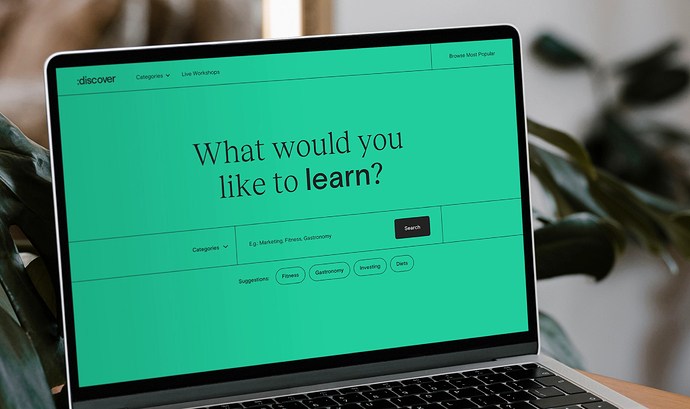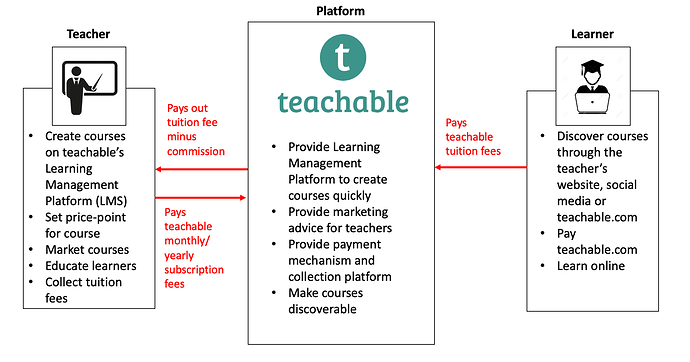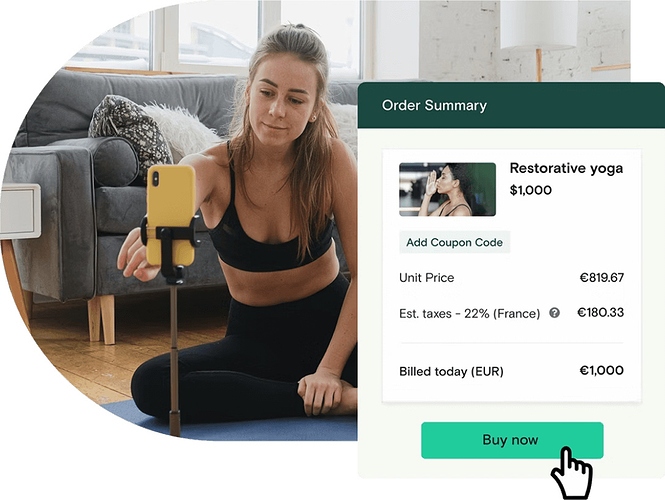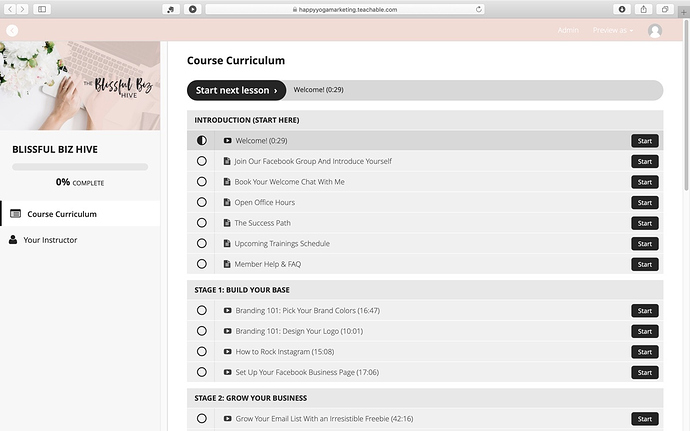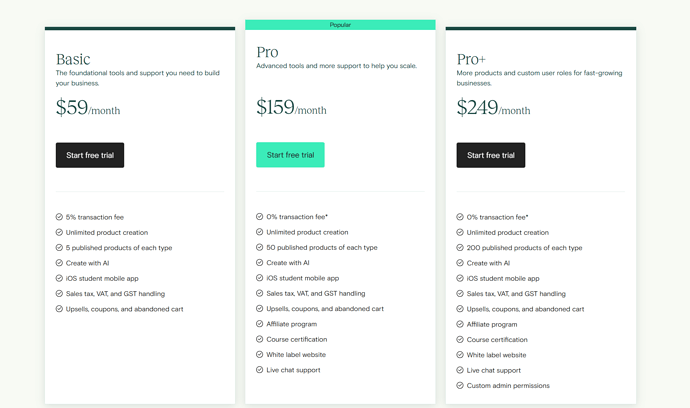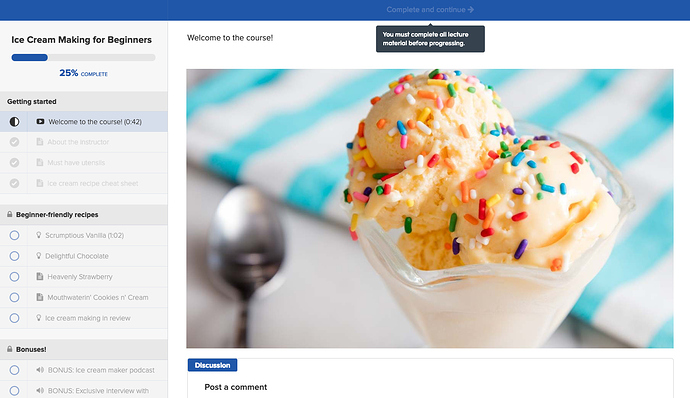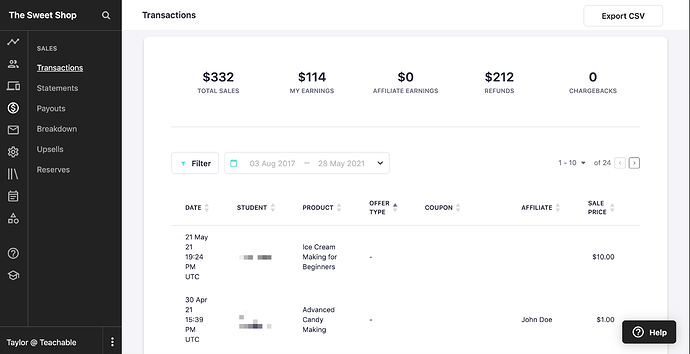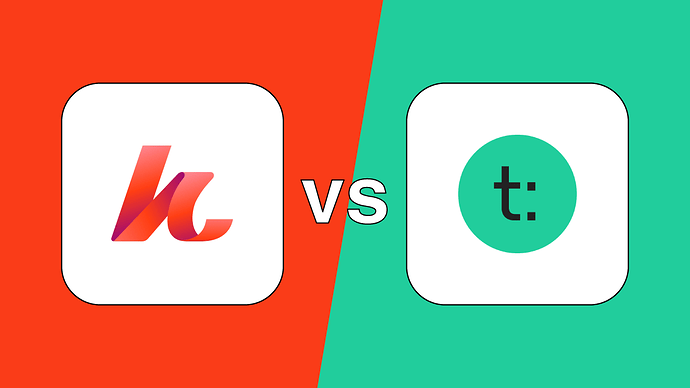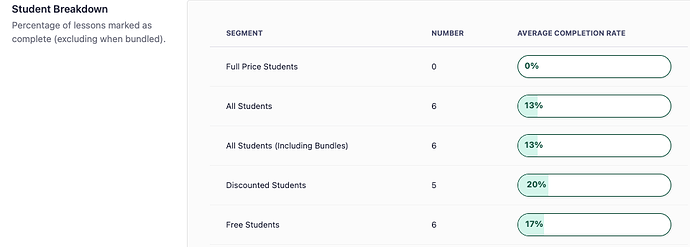If you’ve been thinking about building an online course or digital product, Teachable has probably popped up on your radar. It’s one of the most visible platforms in the creator space. I’ve used it myself. I’ve also used Kartra, Kajabi, and a few others.
So in this review, I’m breaking it all down based on experience. What Teachable gets right, where it holds you back, and who it’s really for in 2025.
What I Needed Teachable to Handle
When I signed up for Teachable, I already had content ready. My course outline, videos, and lesson notes were done. I just needed a system that could host the course, handle student logins and progress tracking, collect payments, send welcome emails, and deliver access automatically. I didn’t want to play tech support or glue five different tools together. I just wanted to test an idea and see if anyone would buy.
How Teachable Actually Performed
Getting set up was easy. Uploading lessons, organizing modules, and adding quizzes took less than a day. I used the drip feature to space out the course and keep students from skipping ahead too fast.
What impressed me most was how user-friendly the interface felt. It’s clean and simple. The student view looked sharp without much tweaking. You don’t need to know code or design to make it look polished.
The checkout worked, but felt basic. It does the job but lacks that visual punch or trust-building layout that tools like Kajabi or SamCart offer. Still, the process from purchase to delivery was smooth, and that mattered more.
What Teachable Gets Right
Teachable is beginner-friendly. If you’re launching your first digital product, it helps you go live without friction. The lesson player works great on mobile. Students can pick up where they left off without any confusion. Creating quizzes, uploading files, and setting content to drip is handled in a clean dashboard. Support is reliable. When I had a minor issue during a launch, I got a clear response and fix in under 24 hours.
Where Teachable Slows You Down
The page builder doesn’t offer much creative control. You can build functional pages, but they won’t win any design awards. If you want to tell your brand story or build long-form sales pages, you’ll need to use something like Webflow or Leadpages.
Email is another weak point. The tool inside Teachable is basic. No tagging, no segmenting, no real automation. Once you outgrow welcome emails, you’ll need ConvertKit, MailerLite, or something stronger.
Fees are another pain point. On the Basic plan, Teachable takes 5% of every sale, not including what Stripe or PayPal also deduct. That adds up quickly if you’re selling at volume.
And it’s not really an all-in-one solution. You don’t get built-in funnels, advanced analytics, or real CRM features. You’ll be patching things together with third-party tools if you scale.
Teachable Pricing in 2025
Teachable is priced to get you in, but growing on it costs more.
-
The Basic plan is $59/month. You get unlimited products, but only five can be published per type. There’s a 5% transaction fee, but it includes the mobile app, upsells, and coupons.
-
The Pro plan is $159/month. There are no transaction fees. You can publish up to 50 products. This plan unlocks affiliate features, white-label branding, certificates, and live chat.
-
Pro+ is $249/month. It supports up to 200 published products and adds admin roles for teams, custom permissions, and expanded support.
There’s also a Creator Plan promo at $99 for 3 months. It unlocks full access to what Pro+ offers—three websites, 100,000 contacts, 100 products, unlimited email, custom branding, and 24/7 support. It’s the best way to test what scaling looks like without the full monthly cost.
Core Features That Matter
You can upload video, audio, and documents into well-structured modules. You can add quizzes, drip release content, and track who finishes what. Selling multiple product types like memberships, coaching, or downloads is all possible from one account.
The checkout process supports upsells and bumps, and payment options include Apple Pay, Google Pay, PayPal, and Buy Now Pay Later.
Teachable’s BackOffice handles affiliate payouts automatically. This saves you from having to manually calculate or track commissions.
Reporting and Insights
Teachable gives you surface-level data. You can see sales totals, lesson completions, quiz scores, and some engagement trends. It’s enough to tweak a course or troubleshoot churn.
But if you want advanced reports, funnel tracking, or customer behavior maps, it doesn’t go deep. You’ll need third-party tools for that.
Is Teachable Really All-In-One?
Not quite. It covers course hosting, checkout, and simple email. But for funnels, advanced email, or CRM-style contact handling, you’ll still need outside tools. You can build your foundation on Teachable, but you’ll add tools as you grow.
How Teachable Compares to Kajabi, Skool, Podia, Coachable, and Gumroad
If you’re looking for an all-in-one platform that handles courses, email, automation, and polished landing pages, Kajabi checks most of those boxes. It has a clean interface and deep automation tools, but it also comes with a higher monthly cost. For creators just starting out, it might be more platform than you really need.
Community-driven creators often lean toward Skool. The engagement features are strong, making it great for masterminds or coaching groups. But you’ll notice tradeoffs when it comes to structured course layouts or flexible payment setups. It’s more about group interaction than detailed content delivery.
One-on-one coaches might find Coachable more aligned with their day-to-day needs. It’s built for scheduling, session tracking, and managing clients—not for selling digital products at scale. The tools are practical for coaching workflows, but limited on the marketing side.
For selling simple digital products or courses without overthinking it, Podia is a lightweight option that gets you going quickly. You get email, product hosting, and a storefront. But you’ll likely run into layout and branding limitations if you’re aiming for a more elevated or customized feel.
Selling individual products? Gumroad is often the go-to. It’s fast to set up and handles pay-what-you-want pricing well. The simplicity is a big plus, but you give up flexibility on design, customer journeys, and deeper analytics. It’s built more for quick sales than full-blown learning experiences.
Who Teachable Is Best For in 2025
If this is your first course or your first launch, Teachable is still one of the fastest and cleanest ways to start. It helps you validate your offer without spending weeks on setup.
If you already have sales coming in and want deep automation or branding flexibility, it’s probably not the end game. But it’s a great starting point.
Final Thoughts: Is Teachable Still a Good Platform?
Teachable does what it promises. It gets your digital product online without needing a developer or five plugins.
You won’t get fancy funnel logic or design freedom. But you’ll be able to build something fast and actually sell it.
For beginners and creators testing new ideas, Teachable still gets the job done in 2025. Use the trial. Build something. See what happens. If it works, you’ll know exactly what to do next.

